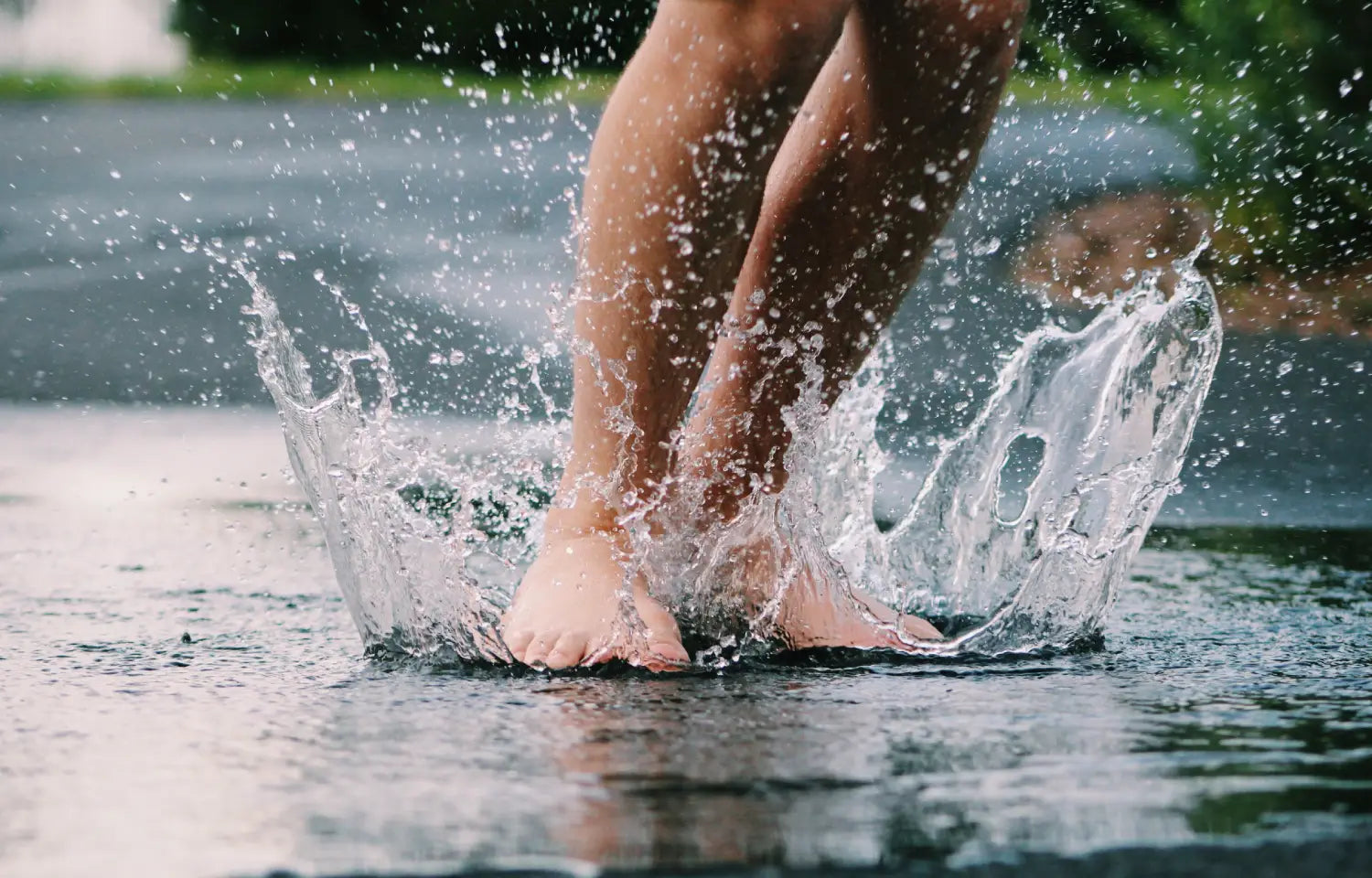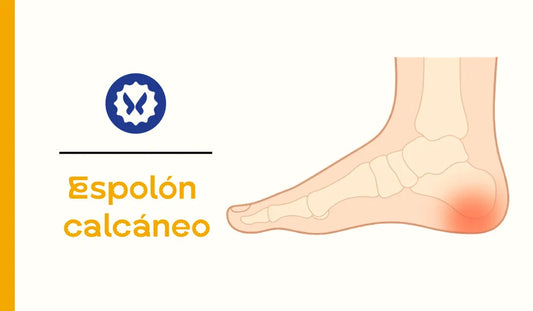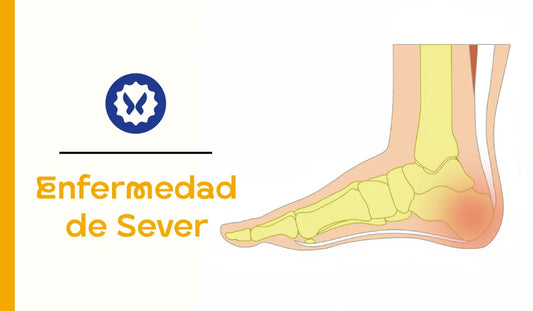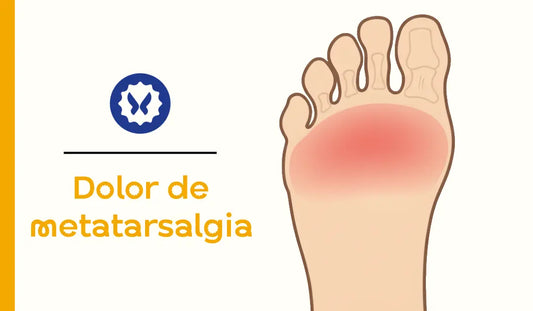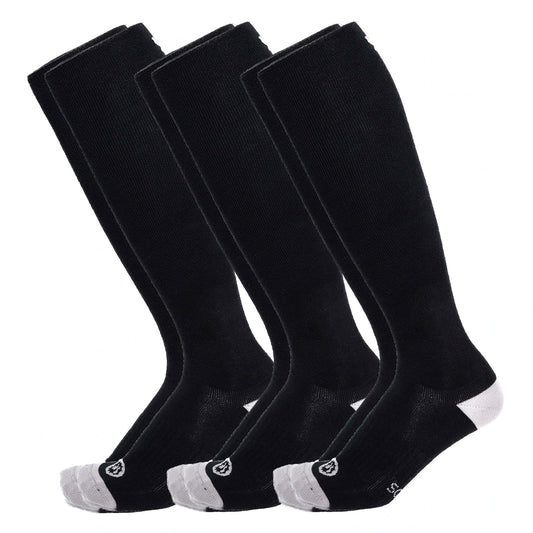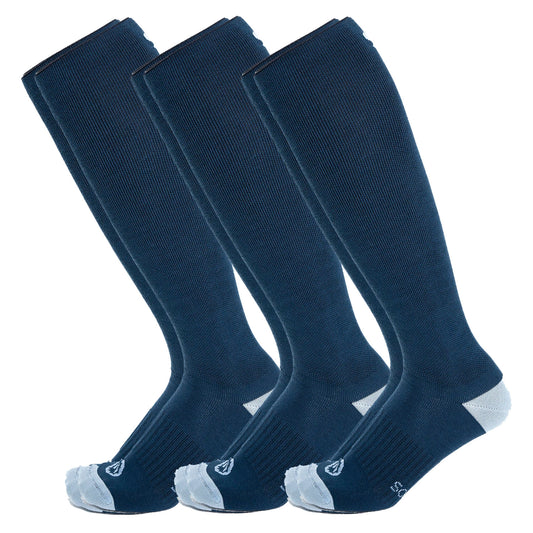Although we usually think that only older people suffer from circulation problems, the reality is that they can also occur in younger sectors of the population. Poor blood circulation has many causes , but the consequence is the same: swelling, heaviness, itching, numbness, cramps, tingling and, in the most serious cases, hypertension, strokes, strokes or heart attacks.
The circulatory system, made up of the heart, arteries and veins, is responsible for transporting blood. This leaves the heart, loaded with oxygen and nutrients (hence its scarlet color), and is taken to the cells through the arteries. Then, the blood, now devoid of oxygen and nutrients (darker in color), returns to the heart through the veins, where it is “recharged” and starts again.
Thus, we speak of poor circulation when blood does not flow correctly through one or more areas of the body , something more common in the lower extremities than in the upper extremities.

Symptoms of poor blood circulation
Behind poor blood circulation are some diseases (obesity, heart failure, cirrhosis...), certain medications , age , lifestyle (smoking, sedentary lifestyle...), diet (excess salt or alcohol...) and some postures ( spending too much time standing or sitting throughout the day).
When blood circulation is not fluid, a series of symptoms appear that are not only uncomfortable, but in extreme cases can have serious consequences for our health. If we suffer from any of the following, we should suspect that we have a circulation problem.
Muscle cramps
People with circulation problems are more likely to suffer from muscle cramps. If blood does not reach the muscles correctly, they receive less oxygen and nutrients , which is the cause of cramps. This situation can be aggravated by other factors such as age, lack of hydration and a diet low in minerals.

Tingling sensation
Poor circulation can also cause a tingling sensation, especially in the arms and legs. As with cramps, the tingling sensation occurs when the tissues do not receive enough oxygen (for example, blood vessels may be blocked).
However, among the causes of tingling there are also others that have nothing to do with circulation, such as nerve compression due to prolonged forced posture, certain diseases and nutritional deficiencies.
Temperature changes
Blood , in addition to supplying tissues with the oxygen and nutrients they need, is also a regulator of body temperature . Therefore, when there are circulation problems, it is common to feel cold in the areas furthest from the heart , such as the fingers and toes.
The opposite can also happen, noticing an increase in temperature in areas where blood accumulates or through which it does not flow normally.
Weakness or exhaustion
If blood has difficulties reaching the tissues, they do not receive the necessary nutrients to carry out their processes. Therefore, circulation problems can bring with them a feeling of weakness or exhaustion , since the cells that make up the tissues do not have sufficient energy supply.
Spider veins and varicose veins
Spider veins occur due to poor blood return, that is, when blood flows backwards instead of forwards . Its bluish color is due to the accumulation of blood in the area, which is that color because it does not have oxygen. For their part, varicose veins are excessively dilated veins through which blood cannot circulate effectively back to the heart.

The most common thing is that spider veins and varicose veins appear on the feet and legs, and they are more common in women than in men.
Swollen, heavy or itchy legs
Another of the most common symptoms of poor blood circulation is swollen, heavy or itchy legs . Due to the lack of fluidity, blood accumulates in the tissues (edema) , which causes swelling in the area.
wound infection
White blood cells are cells of the immune system responsible for fighting infections that occur in the body. Like everything, these defense cells travel through the blood to the damaged area, but, if there is a circulation problem, they cannot effectively reach the tissue , which could become infected and even cause ulcers.
Obviously, improving blood circulation has the opposite effects to each of the symptoms seen : we will feel less tired and fatigued, we will not notice swollen or itchy legs, the wounds we get will heal faster, we will have a lower risk of suffering from cramps, tingling or even dizziness, etc. That is why it is so important to improve circulation by putting the following guidelines or techniques into practice .

Remedies to improve circulation
Do exercise
One of the worst enemies of healthy circulation is a sedentary lifestyle, which especially affects the legs. Exercise activates the cardiovascular system , making blood and the nutrients it carries reach the tissues more efficiently.
Hydrate properly
Water performs many functions in the body, and one of them has to do with circulation. Hydrating correctly is essential to leading a healthy life, and we can do it in two ways:
- Drinking water: although it has always been recommended to drink 2 liters of water a day, the truth is that this will depend on your state of health, age, daily physical exercise, etc. Furthermore, to the amount we drink of "plain" water we must add the amount we ingest through tea, infusions, broths and juices.
- Moisturizing the skin: the skin needs to be well hydrated to fulfill its protective barrier function. We can achieve this through creams and emollients.
No Smoking
There is no tissue, apparatus or system in the body that is free from the harmful effects of tobacco. The circulatory was not going to be less, and tobacco increases the risk of developing clots , with the consequences that we have mentioned in the previous section, as well as different cardiovascular diseases .
Eat a healthy diet
To improve blood circulation, it is also advisable to reduce the amount of salt in meals, since too much salt can cause vasoconstriction (narrowing of blood vessels). Likewise, excessive and prolonged alcohol consumption can cause arrhythmias, hypertension and modify cholesterol metabolism .

Foods such as fruits, vegetables and nuts are excellent allies to improve blood circulation.
Avoid clothing that is too tight
Sometimes poor blood circulation is not due to illnesses, habits, etc., but to something as superficial as wearing clothes that are too tight. Skinny jeans, certain types of underwear, and tight shoes can prevent blood from circulating properly, especially in the legs and feet .
Give yourself massages
Massages given in the direction of circulation activate blood flow , something very beneficial to relieve the feeling of swollen or tired legs. This type of massage is called circulatory massage, and its effectiveness is greater if we combine it with cold water baths , recommended for people who suffer from spider veins or varicose veins.

Compression socks to improve circulation
Sometimes we will not be able (or will not want) to put into practice all the tips we have just seen to improve blood circulation. For example, perhaps we don't have time to go to the gym, our diet is not the healthiest, we still can't avoid that cigarette after eating or something else...
But to the previous ways to improve circulation we must add a last, more "passive" one, which does not require time, effort or willpower: compression socks .
These garments exert gradual pressure from the ankle to at least the area below the knee, compressing the veins and thus improving blood circulation through the lower extremities. Compression stockings, also called compression socks , are classified in Spain according to the pressure they apply to:
- Normal compression stockings : this is type 1 compression, from 22 to 29 mmHg.
- Strong compression stockings : type 2 compression, apply a pressure of 30 to 40 mmHg.
- Very strong compression stockings : type 3 pressure, used to treat serious or very serious circulation problems. They apply a pressure greater than 40 mmHg.
The gradual compression socks that we propose at Calcetinos exert light pressure (14-17 mmHg), and are designed for those who want to stop feeling swollen, heavy or itchy legs from working all day sitting ,working all day foot , being pregnant or any other cause of poor circulation not related to diseases.
We can't make you go to the gym, stop smoking, or eat healthier. But we can lend a hand to your feet to make everything less uphill for you.

